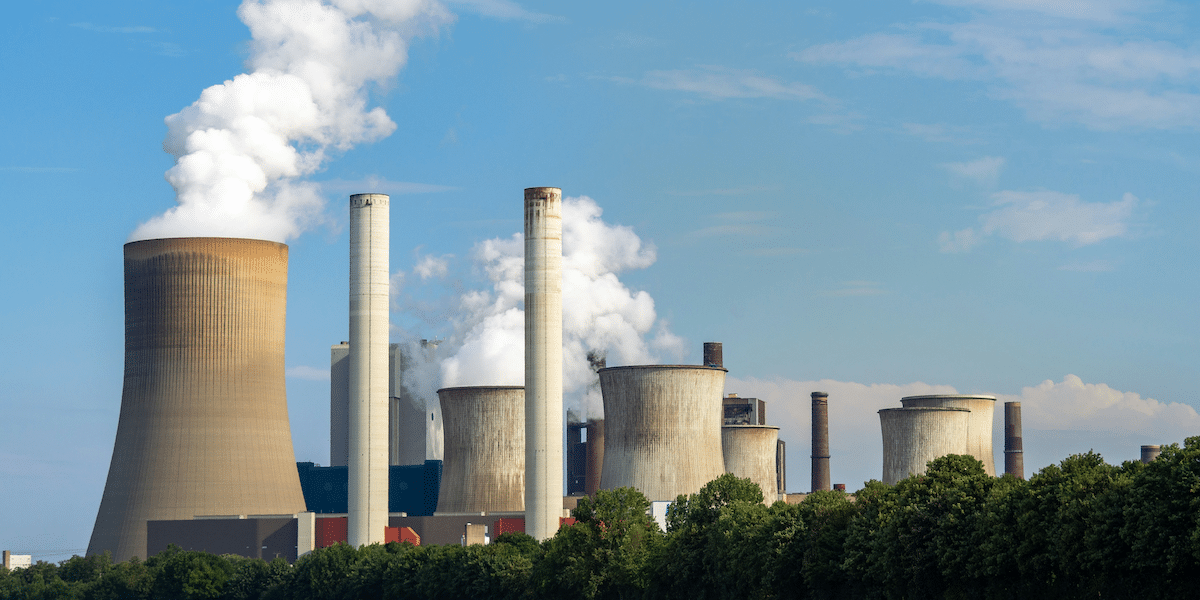Image commercially licensed from Unsplash
By: World News
From Predictive Algorithms to Autonomous Systems: The Future of Workplace Safety is Here
In the realm of global manufacturing, the presence of industrial robots remains surprisingly low, accounting for a mere 1% to 2% according to IFR reports. Despite their inception over half a century ago, these mechanical marvels have predominantly found their niche in mass production sectors like automotive and microelectronics. Their limited presence in other industries stems from a paradox: while robots are faster, stronger, and can operate ceaselessly, they have historically lacked the adaptability required for diverse manufacturing tasks.
However, as Dmitry Golitsyn, CTO of ABAGY, points out, the tide is turning. The recent surge in computer vision algorithms and computational power is paving the way for autonomous industrial robots. These advancements promise to revolutionize non-repeatable operations, making robots more versatile than ever.
AI and Machine Learning: The Catalysts of Change
Artificial Intelligence is no longer just a buzzword; it’s a reality that’s making workplaces safer and more efficient. AI algorithms can predict equipment failures, thereby reducing the risk of accidents. These predictive models can also analyze worker behavior to identify unsafe practices before they lead to incidents.
On the other hand, smart factories are not just about optimizing production; they’re about creating a safer work environment. These factories are equipped with sensors and cameras that can detect hazardous conditions, such as gas leaks or temperature spikes, and take immediate corrective action.
Balancing Efficiency with Safety: The Road Ahead
The allure of AI and robotics is undeniable. They promise unmatched efficiency, reduced operational costs, and heightened productivity. However, these benefits come with their own set of challenges, especially concerning safety and adaptability.
The key to navigating this new era lies in harmonizing technological advancements with safety. As industries face labor shortages, with projections indicating a deficit of around 400,000 welders by 2024, the shift toward automation becomes not just desirable but essential. However, this transition needs to be underpinned by robust safety measures.
Known for its technical safety products, Herbert Post, Vice President of Safety and Health at TRADESAFE, a common fixture in these types of factories and industrial facilities, said, “We are now in a unique position to bridge the gap between innovation and safety, ensuring that as we march towards a more automated future, we don’t compromise on the well-being of the workforce.”
The Future is Collaborative
AI is here to augment, not replace, human capabilities. This collaborative approach is the cornerstone of the new age of industrial safety. AI algorithms, smart factory systems, and robots are tools that can make our workplaces safer, but human oversight remains crucial.
As we navigate the complexities of the Fourth Industrial Revolution, industries should ensure that technological advancements in AI and robotics are leveraged to make industrial environments as safe as possible.
So, are we ready to embrace this new era of enhanced safety, or will we cling to outdated methods that compromise well-being? The choice is ours to make, but one thing is clear: the future of industrial safety is already here, and it’s smarter, safer, and more efficient than ever.

















